Few people outside of the region itself know La Axarquia by name. Though technically still part of the well known and well tread Costa del Sol, La Axarquia is in many ways the antithesis of what the Costa del Sol has come to be associated with, having preserved its natural beauty and historic culture, having avoided the overcrowding of inbound tourists, and having maintained an agricultural way of life dating back millennia. It is for these reasons that the mountainous costal region in the eastern most tip of Malaga Province has recently been labeled the Tuscany of the south in various press outlets, following a new and developing strategy for sustainable tourism in La Axarquia.
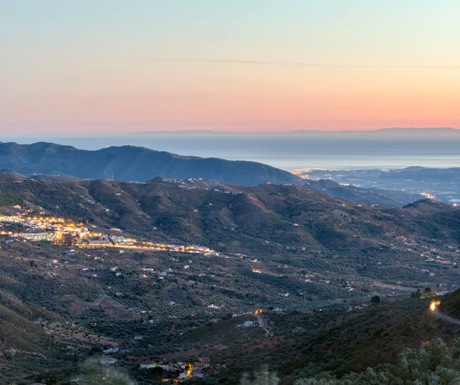
If youre not familiar with La Axarquia yourself, here are five reasons why you should get to know it this season. Each in itself is a reason for a stopover, but they are all interconnected and together call for a must visit.
1. Moorish/Arab heritage
While it is well known that Andalucia, or Al-Andalus by its Arabic name, was the capital of Moorish civilisation some 1000 years ago, La Axarquia is unique in that it was the final stronghold of the Islamic Moors before their final defeat and ultimate expulsion more than 100 years after the reconquest of Granada in 1492. Though the conquering Christians saw to the destruction of numerous mosques and Moorish castles, there are still many well preserved fortresses and towers evidencing the network that stretched visibly across the regions of what are now the provinces of Malaga, Cordoba and Granada, centred right in between the three in the region of La Axarquia.
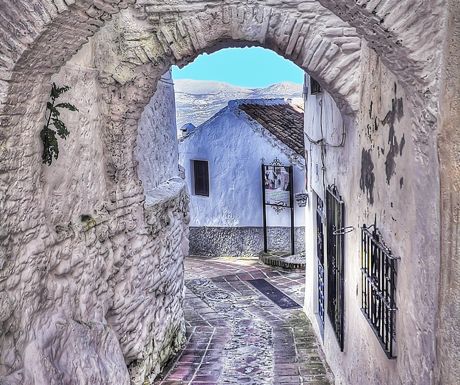
There is a splendid example in Velez-Malaga, the historic capital of the region, while more deteriorated remnants are scattered throughout the romantic and historic pueblos blancos of the area, including the Castillo de Zalia near Alcaucin originally occupied by the Phoenicians some 3000 years ago. Many of the whitewashed villages humbly display the architecture of their past, particularly along the Mudejar route between the various villages linking Canillas de Aceituno and Arenas, from the period when the Moors that remained behind under Christian rule continued to contribute to the art and architecture of the area. The deeper you delve the more you find there is to discover, charting the course of the various caliphates and Islamic dynasties that prevailed. Its an important Arabic cultural relic in the midst of the western world.
2. Famous fiestas
La Axarquia covers an area of just over 1000 square kilometres with more than 30 municipalities. From spring time through autumn there seems to be a never ending string of festivals and celebrations, with each town and villages holding at least two unique fiestas each year, and all within easy reach of one another. Its virtually impossible to visit La Axarquia on any given weekend in summer or autumn and not have access to a nearby fiesta! The aforementioned Moorish heritage is one focus, with the Arab-Andalus festival in Salares every September, and the Festival of the Three Cultures in Frigiliana each August, for starters. There are a great many culinary festivals throughout the year as well, especially around harvest time, celebrating everything from grapes, wine and raisins, to cherries, chestnuts, cold soups and black pudding. The romerias, reminiscent of ancient pilgrimages, are also popular throughout the region, while virtually every village has a patron saint to be honoured at some point.

Religious festival or not, you can count on music and dancing (many villages compete for bragging rights for the best Flamenco), flowing beer and wine, and local delicacies to treat the tastebuds, all lasting long into the night. This is also the best way to connect and interact with another of La Axarquias most attractive assets, the warm and open people. Most are always up for a chat even if your Spanish is terrible, and you may get a charming peek into a simpler way of life.
3. The harvest
La Axarquia is Spains largest producer of tropical fruits, while the more ancient practices of cultivating olives and the famous sweet Moscatel grapes are as strong as ever. Almonds, avocados, mangos and papayas, and other more exotic fruits such as cherimoya and nispero are all farmed and harvested in great quantities. Theres nothing like super fresh, locally grown and seasonal fruit straight from the source and La Axarquia is an agricultural powerhouse. The cherry festival in Alfarnate sees tonnes of the freshest, sweetest cherries consumed in a single weekend; after all, they wont last forever. The vendimia festivals specifically celebrate the grape harvest across the region, and the earliest harvested almonds make for the best ajo blanco, a local tradition of cold almond and garlic soup (nicer than it sounds!).
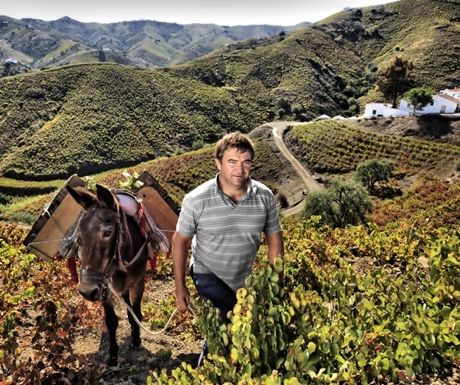
With a little insider knowledge you can even take part in the harvest yourself the grape harvest is particularly interesting for its educational aspect and the rewards afterwards in the form of crisp samples straight from the bodega. Many of the vineyards and olive groves of La Axarquia sit on such steep slopes that it is impossible to use modern, mechanical methods of harvesting, so you can engage in the process as its been done for centuries mainly by hand and with the help of a donkey. A little later in the year it is possible to assist in the olive harvest and witness the pressing process for extra virgin oil where some of the finest oils in the world are produced.
4. The cuisine
If youre not convinced by the cornucopia of agricultural production that is La Axarquia or the innumerable culinary fiestas, consider that the port of Caleta de Velez is one of the busiest fishing ports on the entire Spanish coast and the local markets are brimming with the freshest seafood possible. The chringuito beach bars and restaurants dotted regularly along the coast serve a high standard of raw shellfish, lightly fried fritura Malaguea, and the traditional espeto method of cooking sardines or other seafood straight from the sea on bamboo sticks over an open fire on the beach. The coastal town of Nerja has a burgeoning group of high quality restaurants such as Sollun and Oliva.
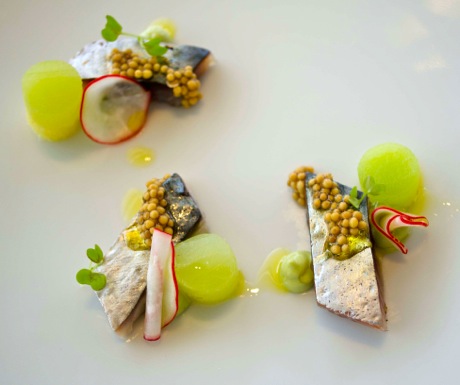
Up in the hills overlooking the sea, people come from far away to sample such regional specialties as chivo lechal, or roast kid, in places like Canillas de Aceituno and in many of these villages of Arabic heritage local chefs take pride in preserving traditional dishes as part of the Moorish legacy. Here we have the Moors to thank for such ingredients as saffron and even rice, cinnamon and nutmeg, mint and coriander, and methods such as pickling in vinegar and frying in oil. They also introduced sugar cane into La Axarquia, starting a successful industry lasting centuries and influencing the development of all sorts of sweets and desserts; marzipan is a Moorish invention, for example. These influences have spread throughout Andalucia and, in deed, the world; however, La Axarquia preserves a proud tradition worth exploring for its historic customs and unique dishes.
5. The beaches
La Axarquia holds more than a few secrets, one being a stretch of coast between Nerja and La Herradura that is mainly protected park land where the cliffs fall spectacularly into the sea. Here you find no trace of over development or over crowding and some of the beaches are only accessible by sea. Hidden waterfalls, underwater caves and private bays all await the adventurous. Even some of the most remote beaches will still have a chiringuito for fresh seafood and cold drinks, leaving you to wonder how they got there in the first place. Perhaps the obvious omission from this entire list is the fact that La Axarquia claims the best climate in Europe with more than 300 days of sunshine each year. Even in winter the beach is a treat, and in summer the sea breeze takes the edge off of the intense heat. Boat charters are easily arranged for exploration by sea or a simple drive along the coast until the scenery stops you roadside will guarantee a satisfying day out.
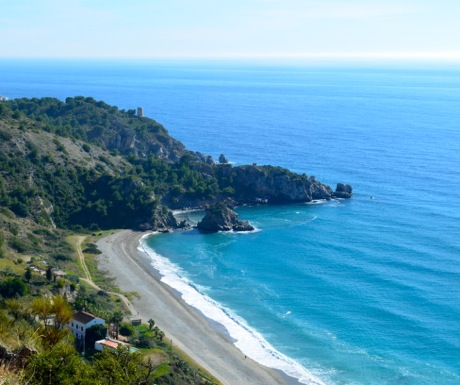
Part of the charm of La Axarquia is the fact that it is still little known and lesser tread for a feeling of ageless, Spanish authenticity. As a resident of La Axarquia, on second thought, lets forget I mentioned the place..